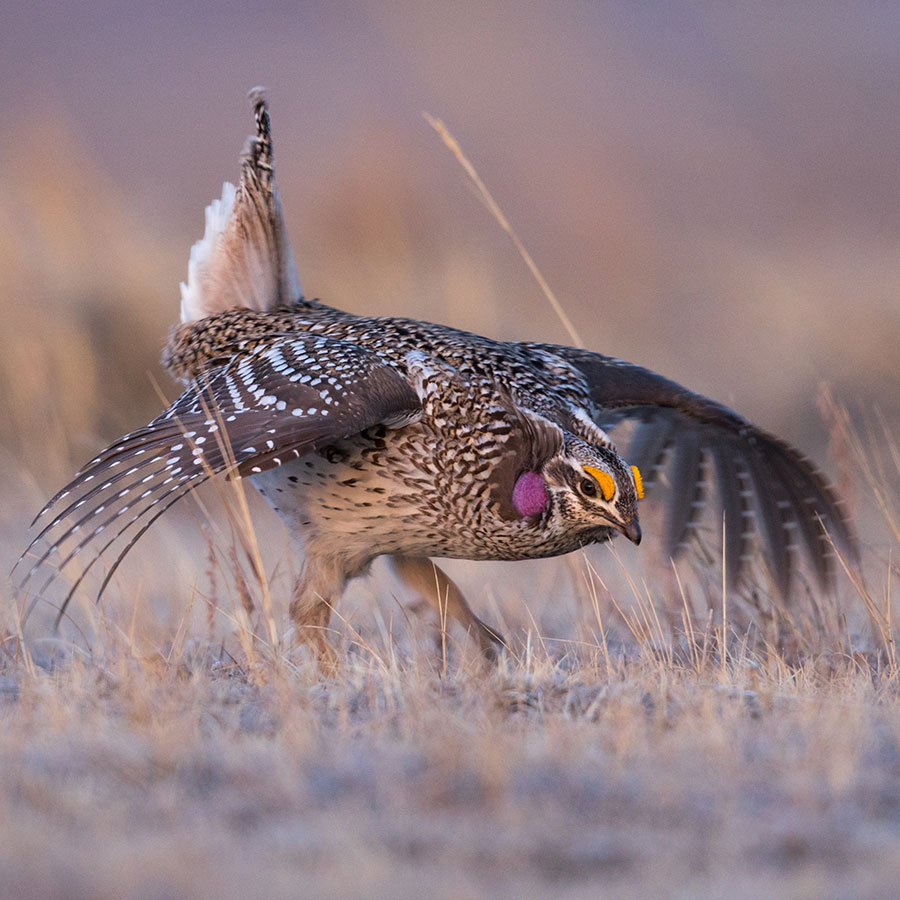Talk around the office yesterday, no matter where the conversation started, eventually drifted to the possible looming ugliness of baseball-sized hail, 80 mile per hour straight-line winds, tornadoes and heavy rains.
Life on the Northern Plains this time of year.
Like a lot of folks I’m guessing, I tuned into the weather on TV, moved some outdoor furniture indoors, put garbage and recycling in the garage to keep it from blowing to South Dakota along with our shingles, and then hoped for the best.
It’s in Mother Nature’s hands now, I said to our bird dog, Larry, who has endured some of this foolishness, but not a lot, as this is only his second summer on the planet.
The fallout, at least in our neck of the woods, was, well, negligible. I didn’t hear or read any dire reports the next morning from the various news services around the state, so maybe North Dakota mostly dodged it.
Sidestepping damaging weather is good for both humans and wildlife, and the more we can elude the ugly blows by Mother Nature the better. For instance, the stars have seemingly aligned for the promise of good things for fall’s upland game bird season in North Dakota if the newly hatched pheasants and prairie grouse aren’t cut down by crushing hail, heavy rains and prolonged, cool temperatures.
While you can read about the potential of a quality pheasant season in the guts of this issue of NDO, more good news hit my desk recently for those of us who can’t get enough of chasing native grouse in short grass.
According to the Game and Fish Department’s 2024 spring upland game bird survey summary, the sharp-tailed grouse index was up 51% statewide from 2023. From mid-March to early May, observers surveyed 24 census blocks, each about 36 square miles, to get these results.
Southwestern North Dakota had the strongest increases (plus 74%), followed by Grand Forks (plus 67%), Prairie Pothole Region (plus 58%) and the Drift Prairie ( plus 24%). The density of male grouse counted on all census blocks in 2024 remains slightly below the 20-year average, but surpasses the 10-year average.
The survey, biologists tell us, provides an index of male sharp-tailed grouse counted each year, as observers are instructed to locate all dancing grounds within each survey block in an attempt at a complete census of males within each survey block.
There is a caveat to the positive sharptail findings, printed in red in the official summary for emphasis. Because survey conditions in spring 2023 were poor as plenty of snow hung around until mid-April hindering observer access to some dancing grounds, grouse increases in 2024 may be partially due to more favorable survey conditions this spring.
Then again, it should be noted that observers counted 4,185 male sharptails on all blocks in 2024 compared to 2,979 in 2023, and those totals only include those blocks and leks that were counted both years.
Sounds like good news to me.


